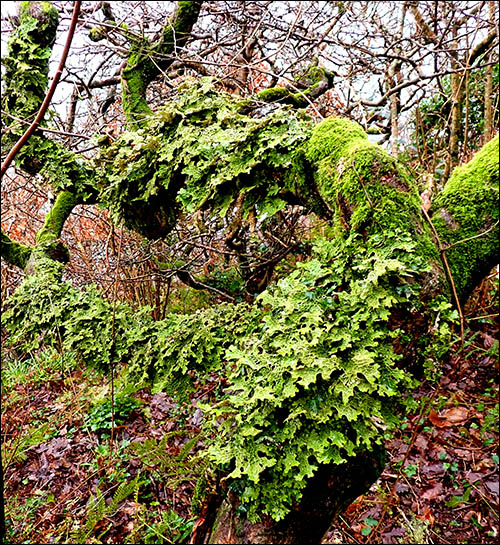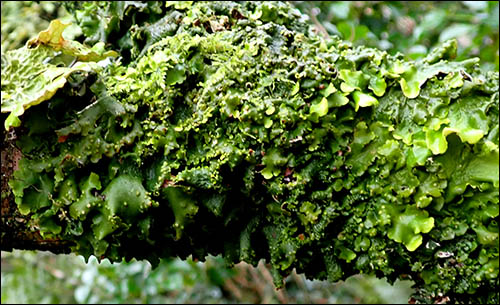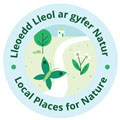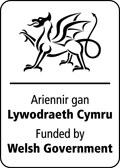Goultrop Roads Celtic Rainforest, near Little Haven
An ancient Celtic Rainforest clings to the cliffs above Goultrop Roads, one of Wales’ westernmost woodlands. The stunted, twisted oak trees are festooned with ferns, mosses and lichens. In springtime, carpets of bluebells clothe the rocky slopes.
If you’ve just scanned the QR code by the Strawberry Hill car park, walk or look west to see the woodland. Please keep to the footpath, as the woodland is steep and vulnerable to disturbance.
 Celtic Rainforests, also known as Atlantic or Temperate Rainforests, are ancient woodlands on the western fringes of the British Isles. They are ideal habitats for epiphytic plants (growing on trees), including lichens, mosses, liverworts and fungi.
Celtic Rainforests, also known as Atlantic or Temperate Rainforests, are ancient woodlands on the western fringes of the British Isles. They are ideal habitats for epiphytic plants (growing on trees), including lichens, mosses, liverworts and fungi.
The Goultrop Roads woodland lies within De Porth Sain Ffraid / St Bride’s Bay South Site of Special Scientific Interest (SSSI) and is thought to hold the largest populations of some of Wales’ rarest lichens. The lowest parts of the woodland are almost untouched by human activity and have escaped the air pollution that affects much of our countryside. The long continuity of tree cover, providing a humid, sheltered environment, has protected a diverse range of ‘old forest’ lichens growing on trees and coastal rocks.
The woodland has the largest known colony of the Felt lichen Degelia (Pectenia) atlantica. Two other Felt lichen species grow here (D. plumbea and D. ligulata), the only Welsh site where all three are still found. Tree Lungwort Lobaria pulmonaria is flourishing and the Green Satin lichen Lobaria virens has its largest Pembrokeshire population here.
 The upper photo shows a tree hosting an abundance of Tree Lungwort and the lower photo shows Green Satin lichen – both photos courtesy of Jon Hudson.
The upper photo shows a tree hosting an abundance of Tree Lungwort and the lower photo shows Green Satin lichen – both photos courtesy of Jon Hudson.
The lichens at Goultrop Roads are thriving and still able to spread across the site, unlike those in many other Welsh woodlands. For this reason, a Welsh Government-funded Local Places for Nature project is clearing non-native Rhododendron and Laurel, which cast too much shade, whilst planting suitable trees for lichens at nearby locations. The rare lichens will be able to spread out to new areas, creating resilient populations for the future.
About the place-name:
Goultrop Roads was written as Goldhap in 1422, Goltopp in 1602 and Goltop Rode in 1578 and 1610. Pembrokeshire scholar BG Charles thought Goldhap was probably meant to be Galdhop, with the first element from the Old Scandinavian galti (‘boar’) and -hop meaning ‘bay, inlet’ in Old Scandinavian. He suggested wild boars may have roamed on the slopes. The sea “road” (a route used by mariners) was named after the inlet.
With thanks to Jon Hudson for the photos. For further information, see: Bosanquet SDS and J Hudson 2021, Lichen Survey of Goultrop Roads wood, NRW Internal Report, Natural Resources Wales, Bangor.





